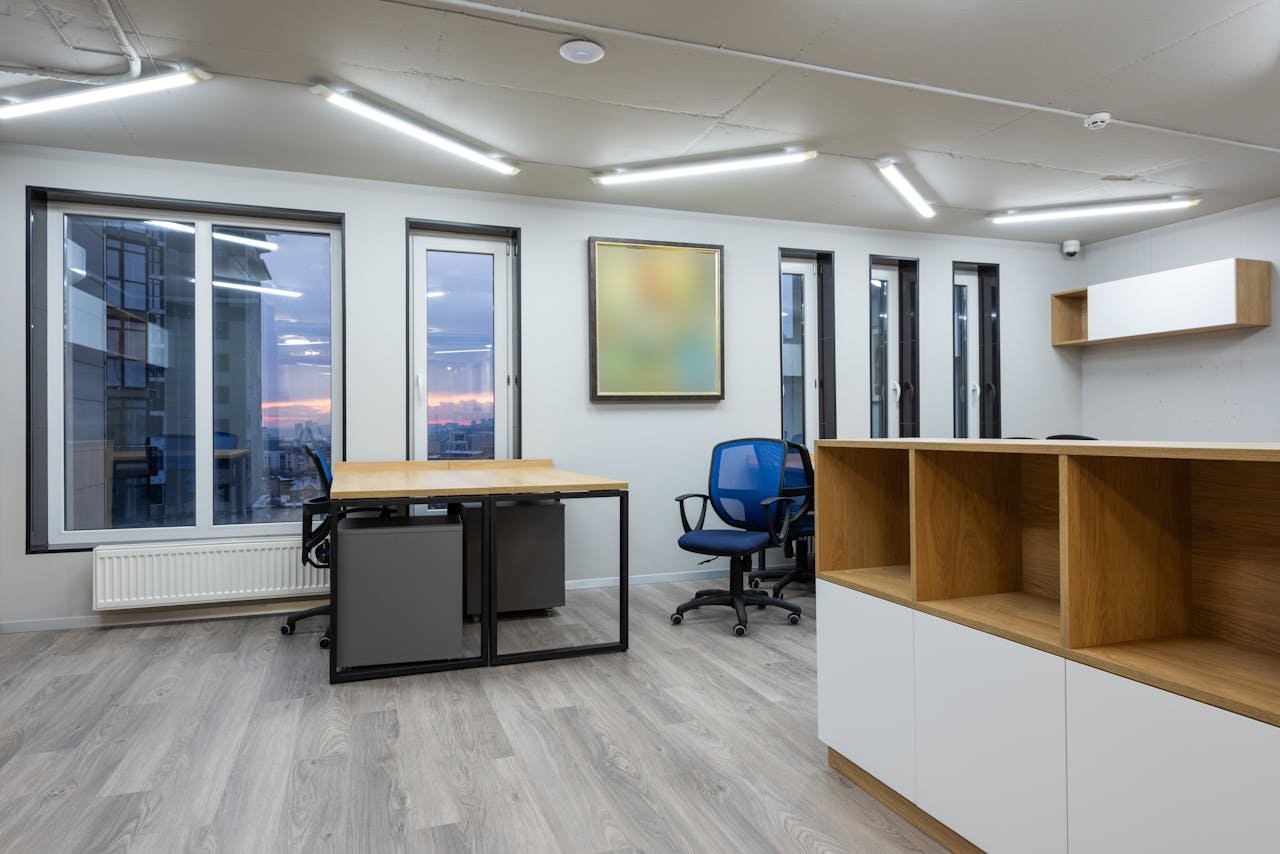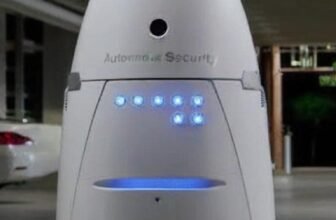
How to Reduce Energy Consumption in Office Buildings?
With the rising cost of energy and increasing awareness of environmental sustainability, reducing energy consumption in office buildings has become a top priority for businesses. Energy-efficient offices not only contribute to environmental protection but also lead to significant cost savings. By implementing smart energy-saving strategies, office buildings can improve efficiency, reduce carbon footprints, and create a healthier work environment.
Understanding Energy Consumption in Office Buildings
Office buildings consume significant amounts of energy for lighting, heating, cooling, office equipment, and other operational needs. Key areas of energy use include:
- Lighting: Traditional incandescent bulbs and inefficient lighting systems can lead to excessive energy use.
- HVAC Systems (Heating, Ventilation, and Air Conditioning): These systems are among the highest energy consumers in office buildings.
- Office Equipment: Computers, printers, copiers, and other electronic devices contribute to energy consumption.
- Building Insulation and Ventilation: Poor insulation and inefficient ventilation systems lead to unnecessary energy losses.
- Water Heating: Office buildings also use energy for water heating in restrooms and kitchens.
Energy-Saving Strategies for Office Buildings
1. Implement Energy-Efficient Lighting Systems
- Use LED Lighting: LED bulbs consume up to 80% less energy than traditional incandescent bulbs and have a longer lifespan.
- Install Motion Sensors: Motion sensors ensure that lights are only turned on when needed in areas such as meeting rooms, restrooms, and hallways.
- Optimize Natural Lighting: Maximizing daylight by using open layouts, skylights, and large windows can reduce the need for artificial lighting.
- Use Smart Lighting Controls: Automated lighting systems can adjust brightness based on occupancy and daylight levels.
2. Optimize HVAC Systems
- Regular Maintenance: Cleaning filters, checking ducts for leaks, and servicing HVAC units regularly can improve efficiency.
- Use Programmable Thermostats: These devices adjust temperatures automatically based on occupancy and time of day.
- Improve Insulation: Proper insulation reduces heat loss in winter and keeps cool air inside during summer.
- Encourage Smart Temperature Settings: Setting thermostats at an optimal level (e.g., 68°F in winter and 75°F in summer) helps reduce energy consumption.
- Utilize Energy-Efficient HVAC Systems: Upgrading to high-efficiency HVAC units can lead to significant savings.
3. Upgrade Office Equipment and Encourage Energy-Efficient Practices
- Use Energy Star-Certified Equipment: Energy-efficient computers, printers, and copiers consume less power.
- Enable Power-Saving Modes: Encourage employees to activate power-saving features on their devices.
- Turn Off Unused Equipment: Office equipment should be turned off at the end of the workday and during breaks.
- Use Smart Power Strips: These strips detect when devices are not in use and cut off power automatically.
4. Improve Building Insulation and Ventilation
- Seal Leaks and Cracks: Preventing air leaks around doors and windows can enhance energy efficiency.
- Upgrade Windows: Double-glazed or energy-efficient windows reduce heat loss and improve insulation.
- Use Blinds and Shades: Adjustable window treatments can help regulate indoor temperatures.
- Implement Natural Ventilation Strategies: Using operable windows and ventilation systems reduces reliance on HVAC systems.
5. Reduce Water and Energy Waste
- Install Low-Flow Faucets and Toilets: These fixtures reduce water consumption and lower the energy required for heating water.
- Fix Leaks Promptly: Addressing leaks prevents water wastage and reduces energy costs.
- Use Energy-Efficient Water Heaters: Tankless or high-efficiency water heaters can significantly cut energy usage.
6. Encourage Employee Engagement and Behavioral Changes
- Promote Energy Awareness Campaigns: Educating employees about energy-saving practices can lead to behavioral changes.
- Set Energy Reduction Goals: Encouraging departments to compete in reducing energy use can create a culture of sustainability.
- Encourage Remote Work and Flexible Schedules: Reducing office occupancy can lead to lower energy consumption.
- Implement Green Office Policies: Providing incentives for sustainable practices can drive long-term energy savings.
7. Leverage Smart Technology and Automation
- Use Building Management Systems (BMS): These systems monitor and optimize energy use in real time.
- Install Smart Meters: Smart meters provide insights into energy consumption patterns and help identify inefficiencies.
- Implement IoT Solutions: Internet of Things (IoT) devices can automate lighting, HVAC, and energy monitoring for improved efficiency.
- Adopt Cloud Computing: Cloud-based applications reduce the need for energy-intensive on-premise servers.
8. Conduct Energy Audits and Benchmarking
- Perform Regular Energy Audits: Identifying areas of excessive energy use helps in making targeted improvements.
- Use Benchmarking Tools: Comparing energy consumption with similar office buildings can highlight inefficiencies.
- Track Energy Performance: Continuous monitoring ensures that implemented measures lead to actual savings.
9. Invest in Renewable Energy Sources
- Install Solar Panels: Generating on-site renewable energy reduces dependency on traditional power sources.
- Use Wind or Geothermal Energy: Offices in suitable locations can leverage wind or geothermal power.
- Purchase Green Energy Credits: Buying renewable energy credits supports sustainable energy generation.
10. Design and Retrofit Sustainable Office Spaces
- Adopt Green Building Standards: LEED (Leadership in Energy and Environmental Design) and BREEAM certifications ensure energy efficiency.
- Use Sustainable Building Materials: Energy-efficient construction materials help improve insulation and reduce overall energy demand.
- Incorporate Biophilic Design: Integrating natural elements like indoor plants and green walls improves indoor air quality and reduces cooling needs.
Reducing energy consumption in office buildings requires a combination of technological advancements, strategic investments, and behavioral changes. By adopting energy-efficient lighting, optimizing HVAC systems, upgrading office equipment, and encouraging employee participation, businesses can significantly lower their energy costs and environmental impact. Additionally, implementing smart technologies, conducting energy audits, and integrating renewable energy sources contribute to long-term sustainability. Investing in energy efficiency not only benefits businesses financially but also fosters a greener and healthier workplace for employees. By taking proactive steps today, companies can pave the way for a more energy-conscious future.





